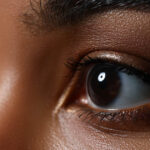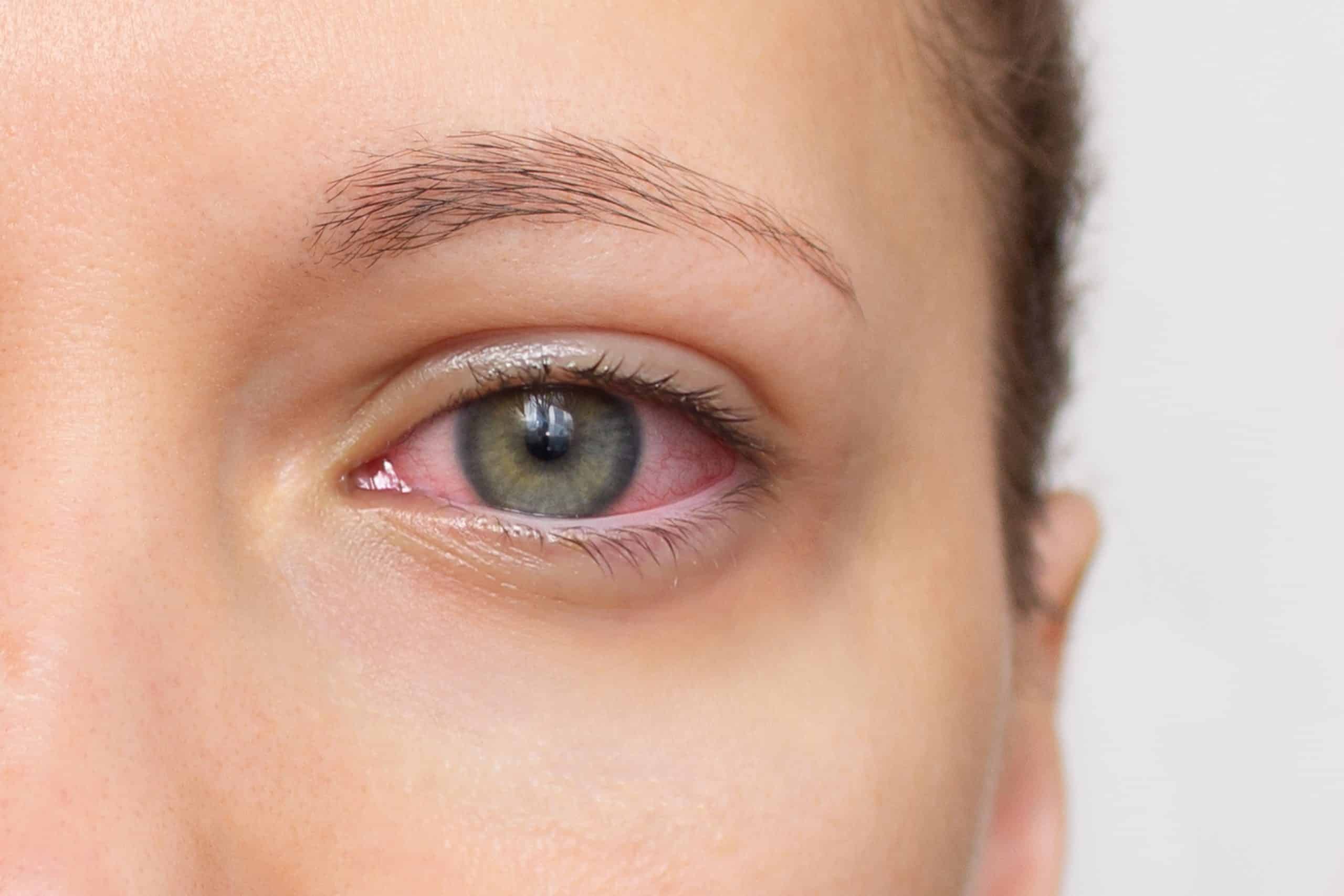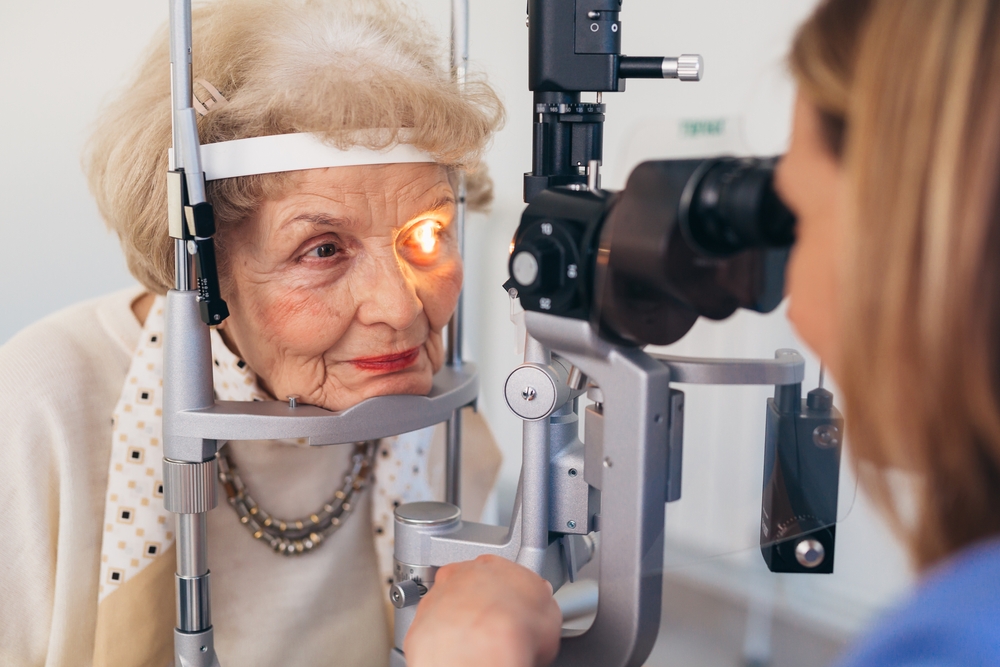As the seasons change in Duluth, MN, so does the air, and for many, that means an increase in dry, irritated eyes. With colder weather and indoor heating, the air becomes significantly drier in the fall and winter months. Even in warmer seasons, environmental factors like wind and sun can contribute to dry eye symptoms.
What Is Dry Eye?
Dry eye occurs when your eyes don’t produce enough tears, or when the quality of your tears is poor. This causes tear film instability and inflammation on the eye’s surface. Common symptoms include:
- Burning or stinging
- Redness or irritation
- A gritty or sandy feeling
- Blurred or fluctuating vision
- Excessive tearing (a reflex to dryness)
Dry eye is one of the most common ocular conditions in the U.S., affecting millions of adults each year, especially older adults, contact lens wearers, and people who spend long hours on digital screens.
Why Duluth’s Climate Makes It Worse
Living in Duluth, we experience long, cold winters and dramatic seasonal changes that contribute to dry eye in several ways. When temperatures drop, we spend more time indoors with heaters and forced-air systems, both of which reduce humidity and dry the eyes faster. In warmer months, wind, bright sunlight, and seasonal allergies can further irritate the eyes, increase tear evaporation, and trigger flare-ups of discomfort.
Tips to Help Manage Dry Eye
Dry eye is chronic, but with a few smart habits, you can significantly reduce discomfort and protect your eyes.
- Stay Hydrated
Drinking plenty of water helps support tear production and keeps your body and eyes properly hydrated. - Use a Humidifier
Especially during colder months, running a humidifier at home can help add moisture back into the air and ease dry eye symptoms. - Avoid Direct Airflow
Avoid having fans, car vents, or space heaters blow directly on your face. This can rapidly dry out your eyes. - Use Artificial Tears
Over-the-counter lubricating drops can offer temporary relief. Choose preservative-free options if you’re using them frequently. - Apply Warm Compresses
Using a warm compress on your eyelids can help open up blocked oil glands and improve tear quality.
Professional Dry Eye Treatments at Relf Eyecare
If your symptoms persist despite home care, it’s time to see your optometrist. At Relf Eyecare in Duluth, we diagnose the type and cause of your dry eye using advanced tools like tear film analysis and meibography.
Treatment options may include:

- Prescription eye drops such as cyclosporine or lifitegrast
- Intense Pulsed Light (IPL) Therapy for meibomian gland dysfunction (MGD)
- Radiofrequency treatments to improve oil gland performance
- Punctal plugs to help retain natural tears
- Omega-3 supplementation and eyelid hygiene routines
Our goal is to restore tear stability, reduce inflammation, and improve long-term comfort.
Dry Eye Is a Year-Round Issue
Dry eye isn’t just a winter problem; it often fluctuates throughout the year based on environment, hormones, and lifestyle. Consistent care is the key to managing symptoms effectively.
Regular eye exams can help track your progress, adjust treatments, and prevent complications like corneal irritation or infection.
If you live in Duluth and experience dryness, irritation, or blurred vision, especially during seasonal transitions, don’t ignore it.
With personalized care and the right combination of lifestyle habits and advanced treatments, dry eye disease can be managed effectively all year long.
Need help with your symptoms? Schedule a dry eye evaluation with Relf Eyecare and get the relief your eyes deserve.











